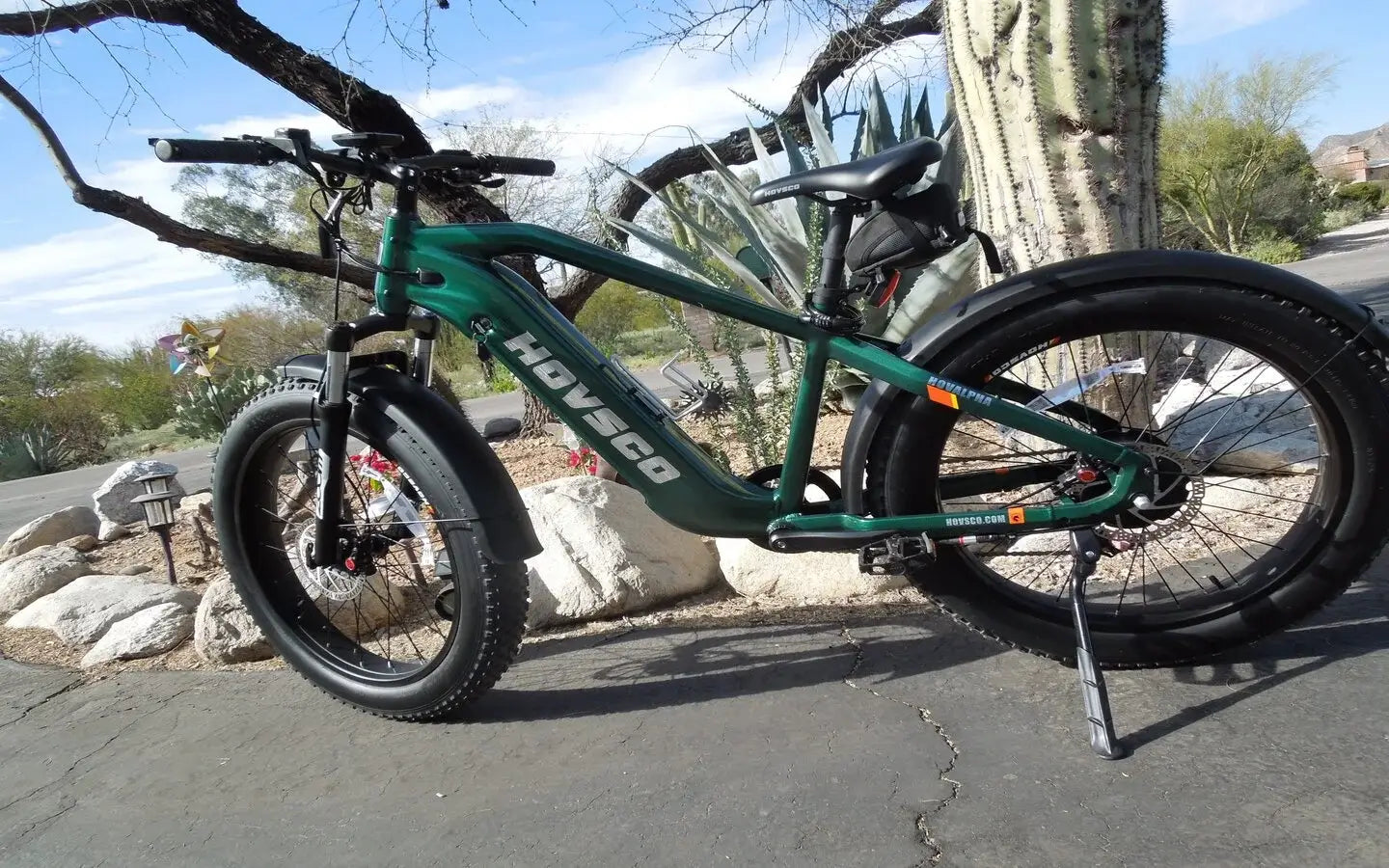
- by LiuJiazhu
What Factors Define A Suitable Two-Seater E-Bike For Urban Commuting?
- by LiuJiazhu
Key factors for urban two-seater e-bikes include robust motor power (500W+), lithium batteries (≥20Ah) for 60-120km range, hydraulic brakes for safety, compact yet stable frames (wheelbase 1.5-2m), smart features like GPS tracking, and compliance with local speed/power regulations. Prioritize models with dual suspension and ergonomic seating for comfort during daily commutes.
Motor torque (≥65Nm) and battery capacity (48V 20Ah+) determine hill-climbing ability and range. A 500W motor handles 160kg loads efficiently, while lithium batteries provide faster charging (4-6h) vs lead-acid alternatives.
Urban e-bikes require motors delivering consistent torque for stop-start traffic, not just peak power. The Ninebot Qz MIX exemplifies this with its RideyLONG system, maintaining 25km/h speeds for 85km on a single charge. Pro Tip: Opt for bikes with regenerative braking—like the KiWi EV’s energy-recovery system—to extend range by 10-15%. Consider a real-world scenario: climbing a 15° hill with two passengers demands at least 85Nm torque to prevent motor overheating. Always verify continuous power ratings rather than peak values, as sustained climbs strain undersized motors.
| Spec | Minimum | Recommended |
|---|---|---|
| Motor Power | 350W | 500W |
| Battery | 48V 15Ah | 48V 20Ah Li-ion |
| Range | 40km | 70km |
Aluminum alloy frames (25-30kg) balance durability and portability, while ≥150kg load capacity ensures two adults + cargo stability. Wheelbases under 2m enhance maneuverability in tight spaces.
The Beigi Yuanbao’s 2050mm wheelbase demonstrates optimal urban geometry, enabling 4.5m turning radii for sidewalk navigation. However, ultra-compact models like the KiWi EV (2894mm length) sacrifice cargo space—prioritize bikes with rear racks rated for ≥25kg. Pro Tip: Check tire clearance; 20”x4” fat tires absorb potholes better than slim commuter tires, crucial for uneven city roads. A steel-reinforced joint design, as seen in AIMA’s graphite models, prevents frame flex during sharp turns. Remember: Every 5kg over the rated load reduces brake efficiency by 8-12% and motor lifespan by 15%.
Most regions permit e-bikes in bike lanes if they meet 25km/h speed limits and 500W motor caps. Always check local laws—some cities ban passenger-carrying bikes from congested lanes.
How often should I service hydraulic brakes?Bleed brakes every 1,200km or annually. Use mineral oil specifically—DOT fluid damages seals. Check pad alignment biweekly to prevent uneven wear.
Share:
What Makes a Cargo Ebike the Ultimate Urban Utility Vehicle
What Makes a Family Friendly Electric Bike With Pedal Assist the Best Choice for Modern Households?